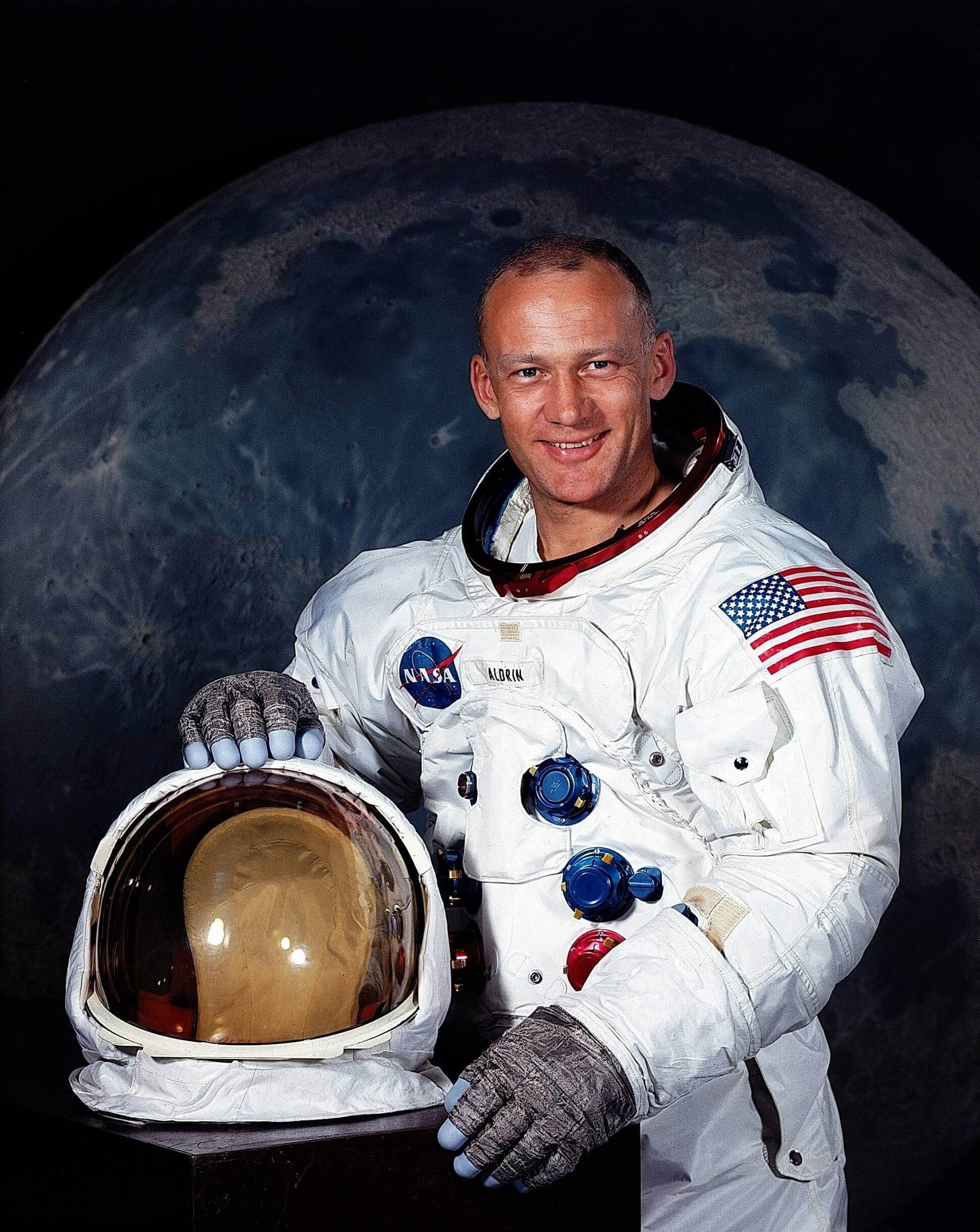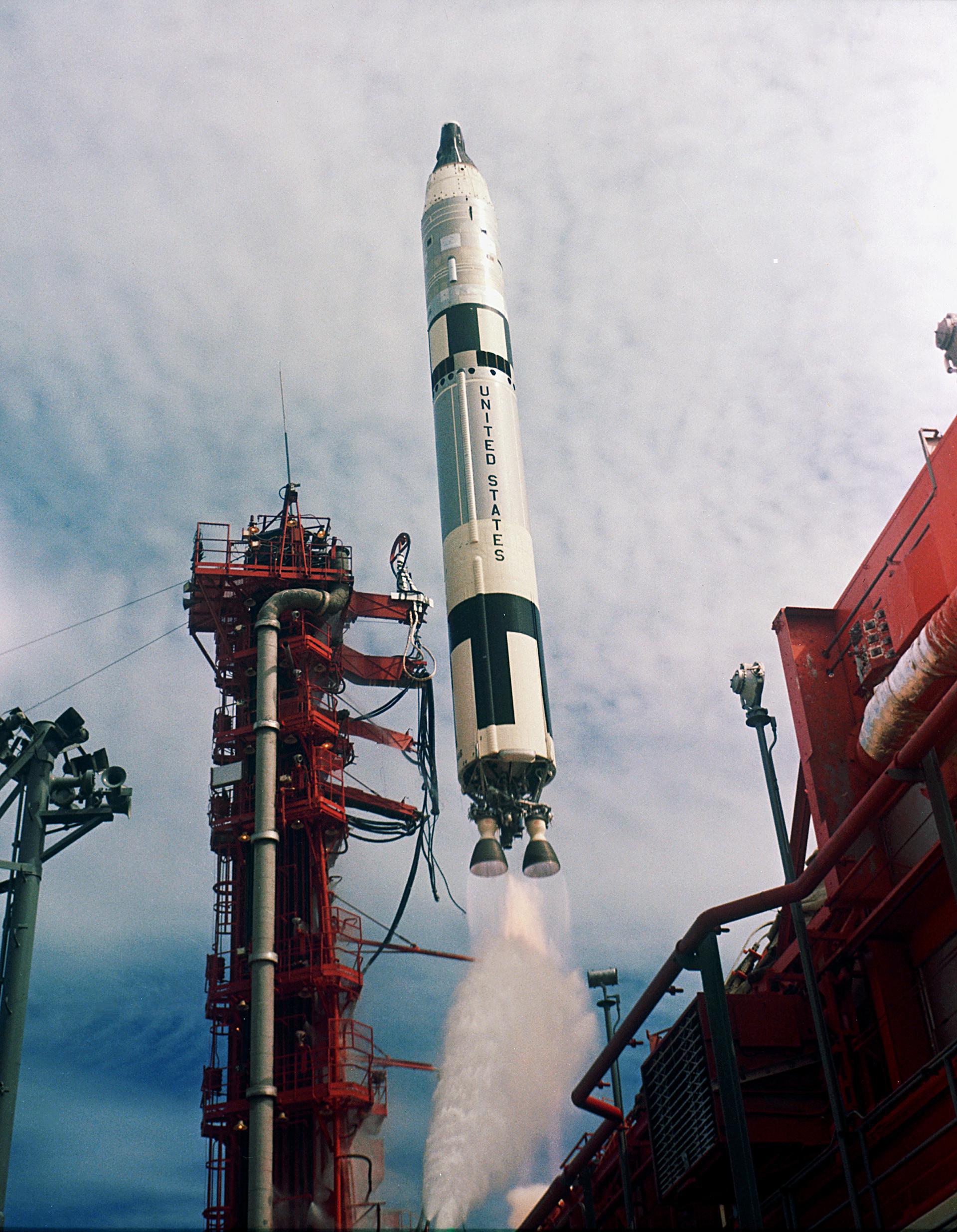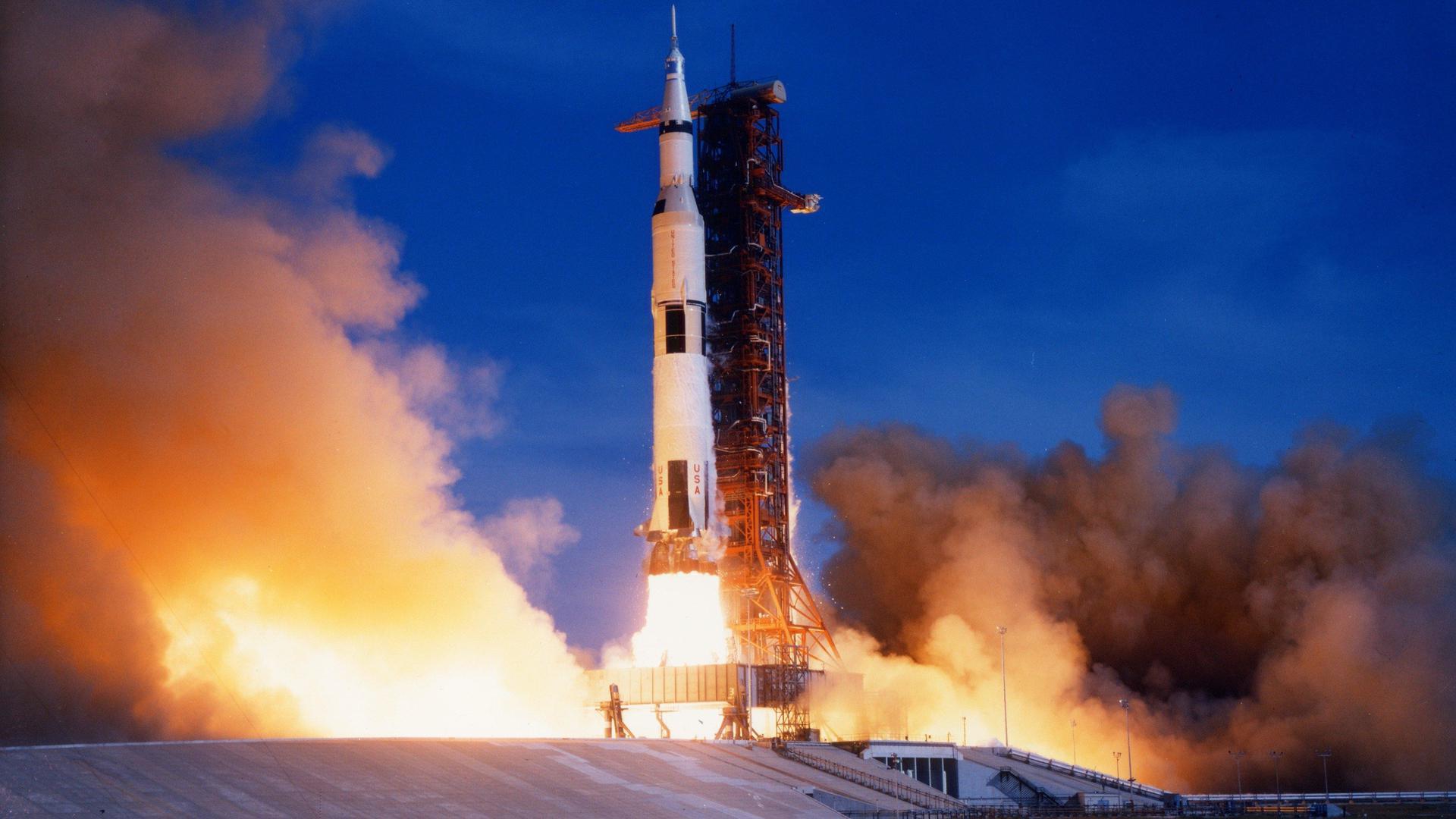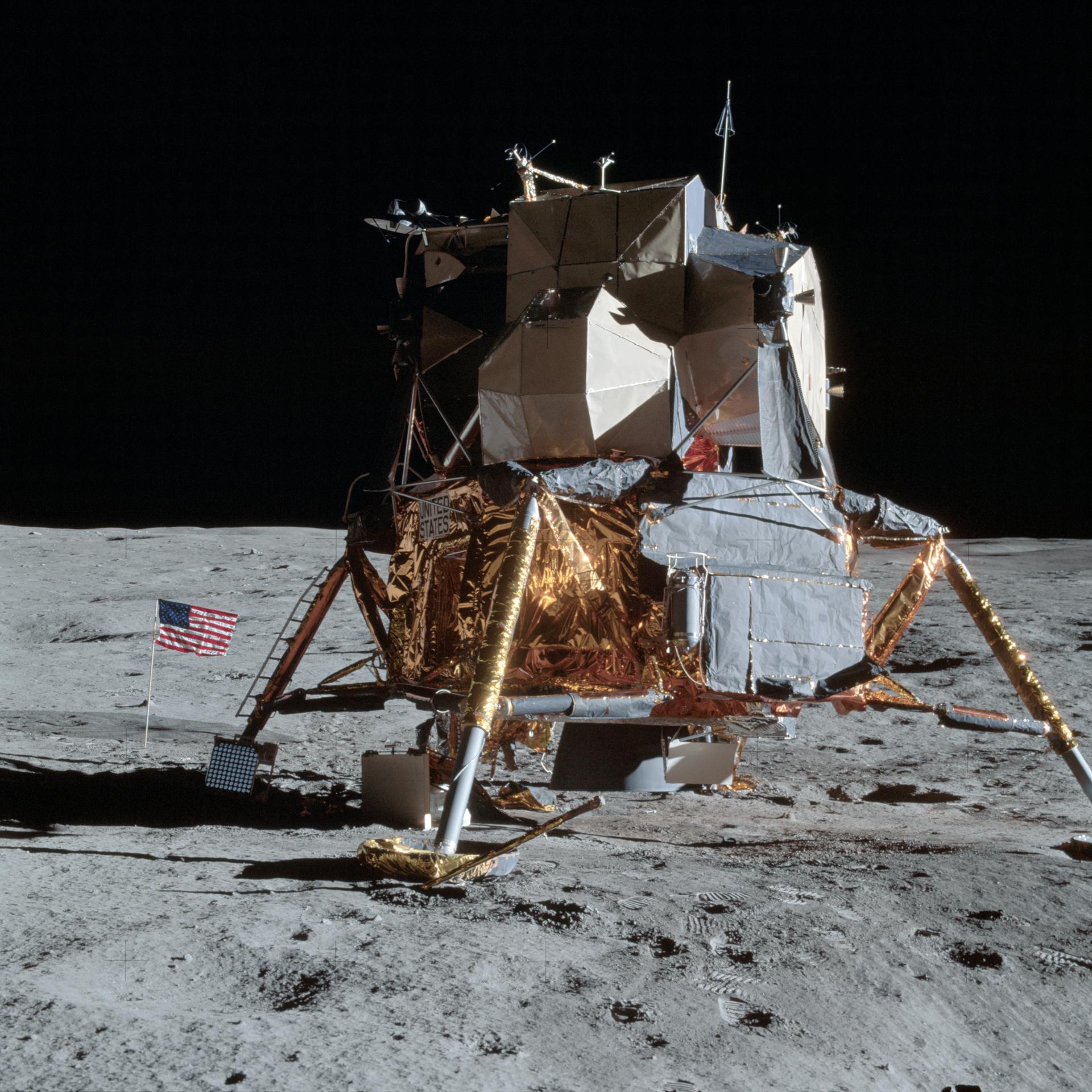Buzz Aldrin
American - (NASA)
Retired
Date of Birth: Jan. 20, 1930
Age: 95
Buzz Aldrin; born Edwin Eugene Aldrin Jr.; is an American engineer, former astronaut, and fighter pilot. As Lunar Module Pilot on the Apollo 11 mission, he and mission commander Neil Armstrong were the first two humans to land on the Moon.
Titan II GLV | Gemini XII
National Aeronautics and Space Administration | United States of AmericaCape Canaveral SFS, FL, USA
Nov. 11, 1966, 8:46 p.m.
Status: Success
Mission:
Gemini 12 was the tenth and final crewed mission of the NASA's Project Gemini. It was commanded by Command Pilot James A. Lovell, Jr. and Pilot Edwin "Buzz" Aldrin, Jr. The crew performed three EVAs, redezvoused and docked with an Agena target vehicle, and performed various scientific experiments. The mission started on November 11, 1966, 20:46:33 UTC and ended on November 15, 1966, 19:21:04 UTC.
Low Earth OrbitSaturn V | Apollo 11
National Aeronautics and Space Administration | United States of AmericaKennedy Space Center, FL, USA
July 16, 1969, 1:32 p.m.
Status: Success
Mission:
Apollo 11 was commanded by Neil Armstrong , Command Module Pilot Michael Collins and Lunar Module Pilot Edwin "Buzz" E. Aldrin. The Mission was to complete the goal that President John F. Kennedy set on May 25, 1961 to land a man on the moon and return the crew back to Earth. On July 20,1969 Neil Armstrong and Buzz Aldrin landed there Lunar Module on the sea of tranquility this marked the first time a human has set foot upon another celestial body.
Lunar OrbitThe National Aeronautics and Space Administration is an independent agency of the executive branch of the United States federal government responsible for the civilian space program, as well as aeronautics and aerospace research. NASA have many launch facilities but most are inactive. The most commonly used pad will be LC-39B at Kennedy Space Center in Florida.
Electron
Don't Be Such A Square (STP-S30)
Rocket Lab Launch Complex 2 (Launch Area 0 C) - Wallops Flight Facility, Virginia, USASTP-S30 is a complex mission that will deliver research experiments and technology demonstrations to orbit for the DoD and contribute to future space…
Falcon 9
Starlink Group 15-13
Space Launch Complex 4E - Vandenberg SFB, CA, USAA batch of 27 satellites for the Starlink mega-constellation - SpaceX's project for space-based Internet communication system.
Falcon 9
Starlink Group 6-99
Launch Complex 39A - Kennedy Space Center, FL, USAA batch of 29 satellites for the Starlink mega-constellation - SpaceX's project for space-based Internet communication system.
Ariane 62
Galileo L14 (FOC FM33 & FM34)
Ariane Launch Area 4 - Guiana Space Centre, French GuianaPayload consists of two satellites for Europe's Galileo navigation system.
Atlas V 551
Amazon Leo (LA-04)
Space Launch Complex 41 - Cape Canaveral SFS, FL, USAAmazon Leo, formerly known as Project Kuiper, is a mega constellation of satellites in Low Earth Orbit that will offer broadband internet access, thi…





